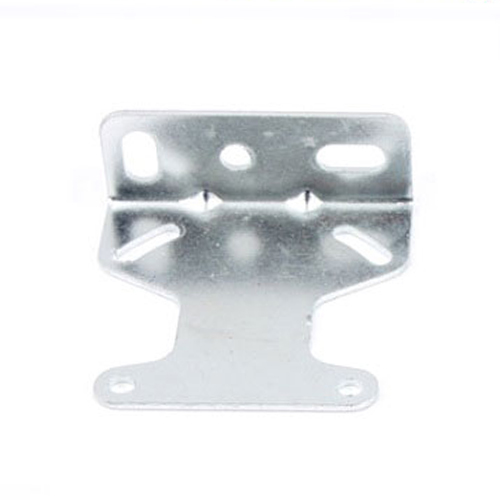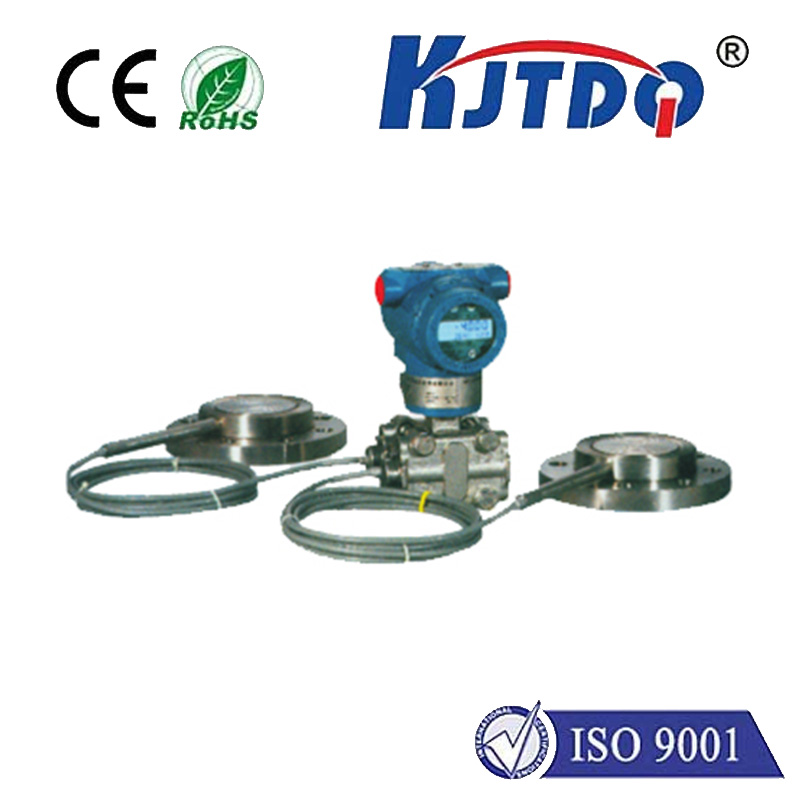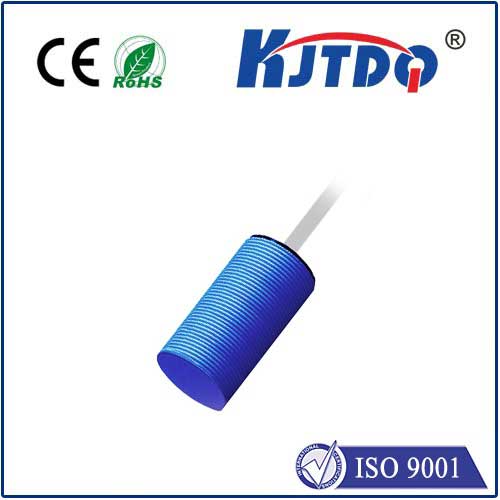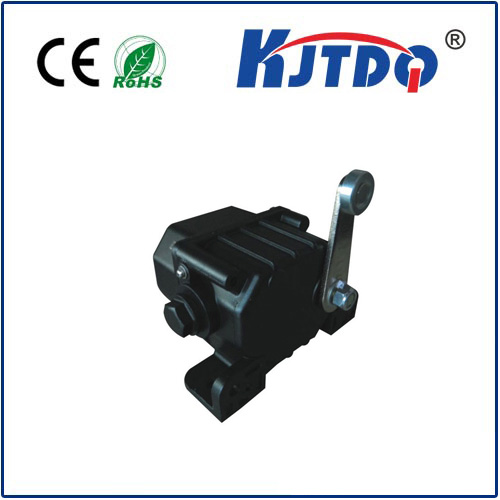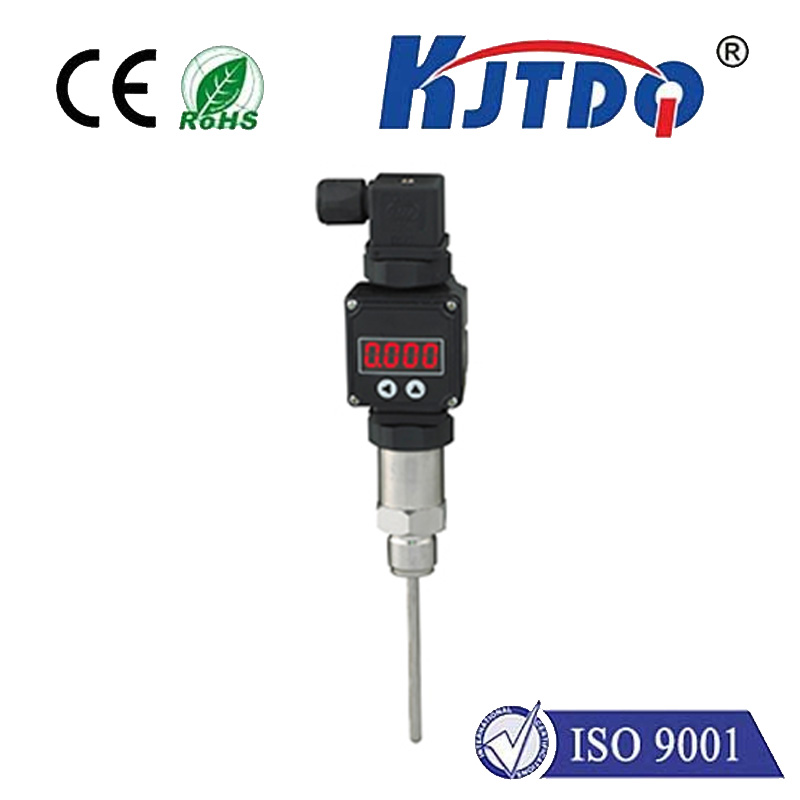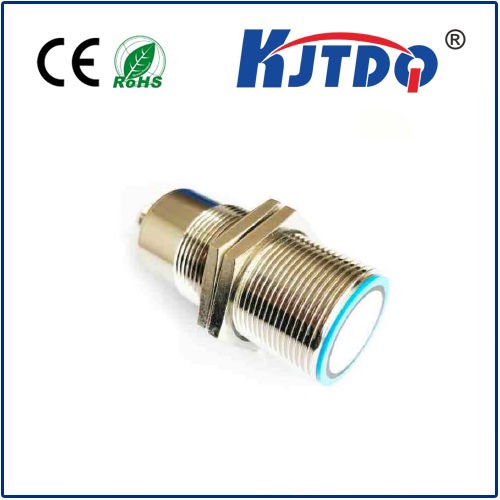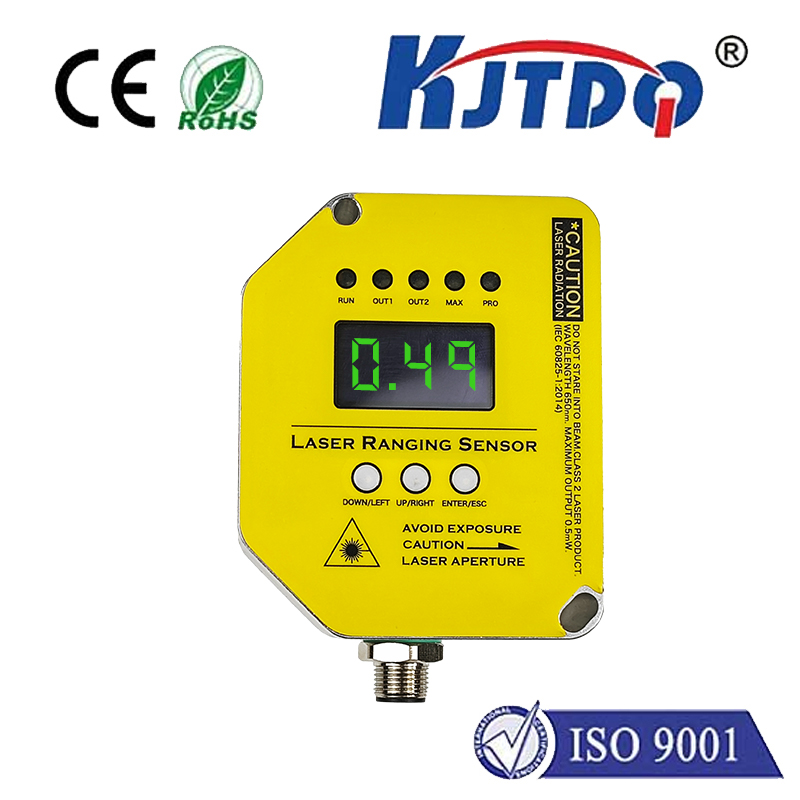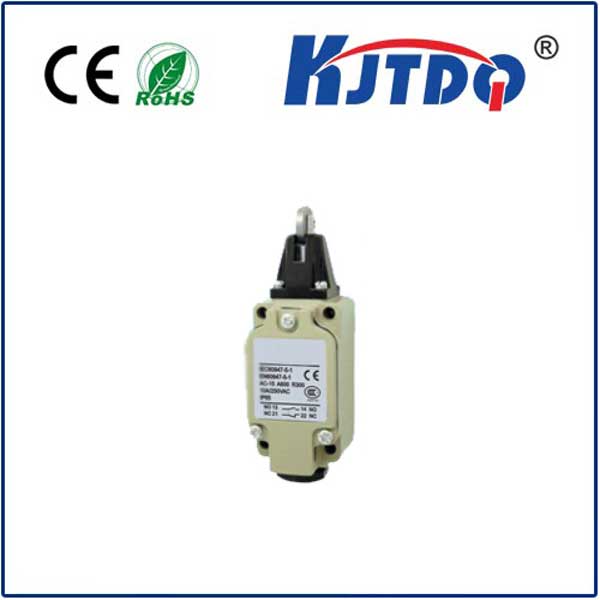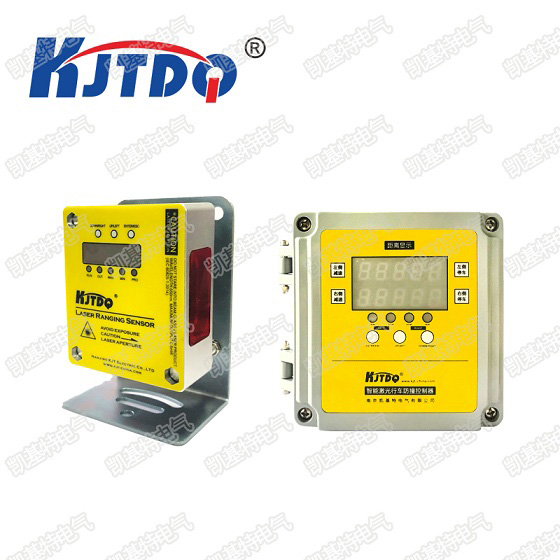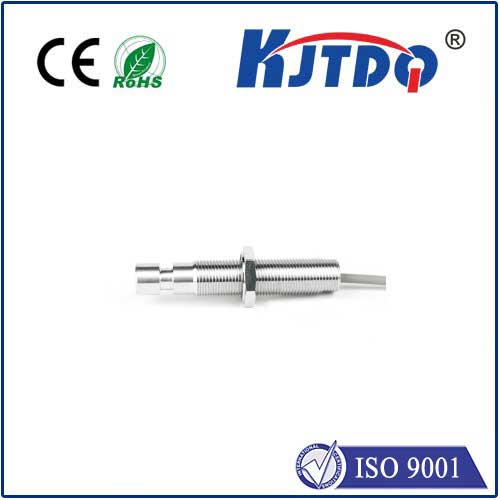

check

check

check

check

check

check

check

check

check

check
Pressure Plate Sensors: Revolutionizing Automation and Security
Imagine stepping into a room where lights illuminate your path without a switch, or a warehouse where goods automatically register their weight on a conveyor. This isn’t science fiction—it’s the magic of pressure plate sensors. These unassuming devices silently shape modern automation, security, and industrial efficiency, transforming physical force into actionable data. Let’s explore how they work, where they shine, and why they’re indispensable.
At their core, pressure plate sensors convert mechanical force into electrical signals. Here’s a simplified breakdown:
Intrusion Detection & Security Systems: Hidden under floors or carpets, these sensors detect unauthorized entry. Retail stores use them to monitor high-theft zones, while museums deploy them to protect exhibits. European security firms report a 40% reduction in break-ins with integrated pressure plate alarm systems.

Industrial Automation: In manufacturing, pressure plate sensors optimize logistics. They verify package weights on assembly lines, detect jams in machinery, or confirm vehicle positioning in loading docks. This reduces errors by 25% in sectors like automotive and e-commerce fulfillment.
Healthcare & Accessibility: Hospital beds with pressure plates alert staff to patient movement, preventing falls. Smart walkways assist the elderly by monitoring gait abnormalities—a game-changer for proactive care.
Interactive Tech & Retail: Ever danced on a floor that lights up? Pressure plates drive immersive experiences in gaming arcades and stores. Retailers like Nike use them in “smart trial rooms” to suggest shoe sizes based on weight distribution.
Advancements are pushing boundaries:
Compared to motion detectors or cameras, pressure plate sensors offer false-alarm resistance. They ignore airborne disturbances (e.g., wind or insects) and work in total darkness. Their mechanical simplicity also means lower costs—ideal for scalable deployments.
From safeguarding vaults to streamlining factories, pressure plate sensors are the silent workhorses of modern tech. As connectivity and AI evolve, their role will only expand—turning every step, touch, and load into a data-driven opportunity.
(Word count: 860)
